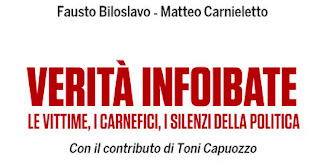The centuries going from the Roman Empire’s dissolution to the first hints of a cultural renaissance and of an economic revival around the end of the Middle Age are characterized by a mix of religious tradition, bound to the Holy Scripture, and the real knowledge about the Earth passed on by geographers, cartographers and sailors.
Classic tradition, preserved in monasteries and convents, but often deprived of its speculative, philosophic and scientific force, consequently overlies the holy source and discloses a return, almost general, to the theory of the flat Earth.
It is possible to find the tangible effect of this combination in the several world maps (mappae mundi), mostly oval, round or rectangular shaped, where, in the inside, cartographers attempted to adjust the geography of the world.
At the beginning these world maps (called T map) are very schematic and they have a distorted and incorrect geography outline; after year 1000 they are abundantly enriched in particulars, vignette, inscriptions and they grow up in dimensions.
We find in them real and contemporary elements of the time, put together with tracts adopted from Roman and Latin writers, Patristics philosophy, Christian works and from legendary stories: they are not a real cartographic advance because the authors are monks or men of letters who want to show their interpretation of classic works or Holy Scripture to a congregation interested mostly in the aesthetic and iconographic aspects of the maps.
An example is Jerusalem’s location, in the centre of the Earth or the division of the latter in three parts: one for each Noah’s son.
-
 Language
Language Italian
Italian
